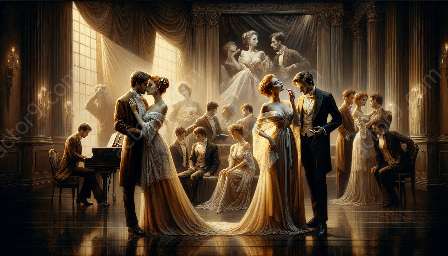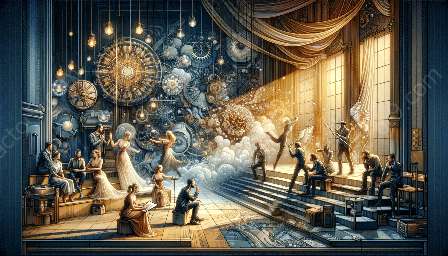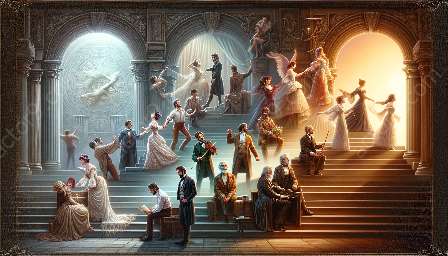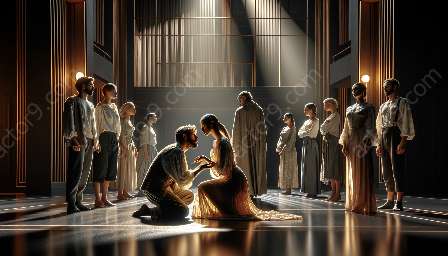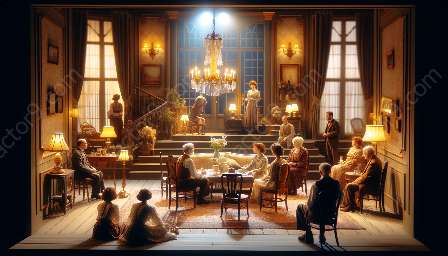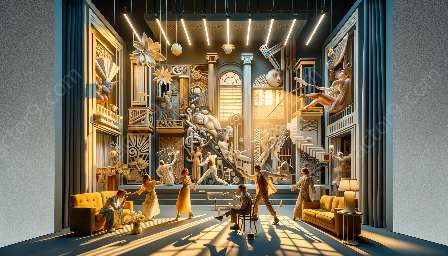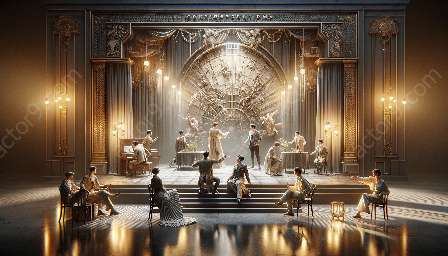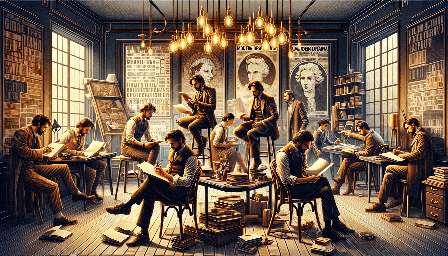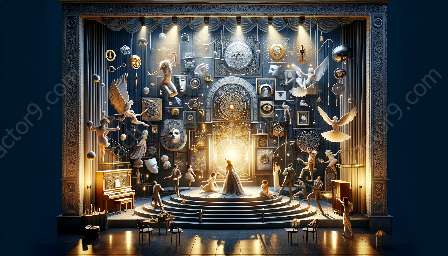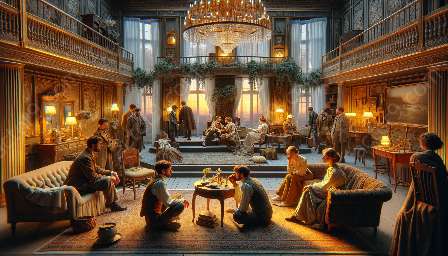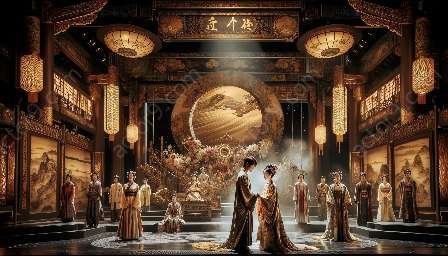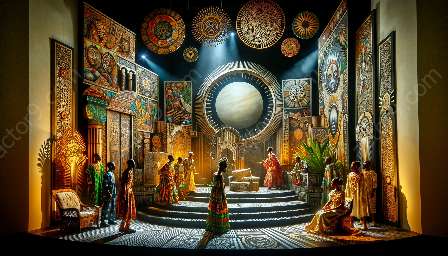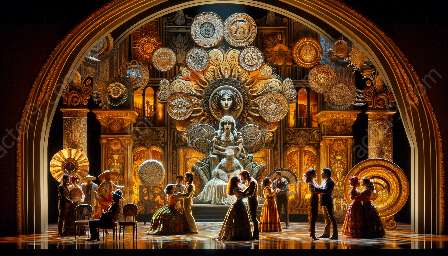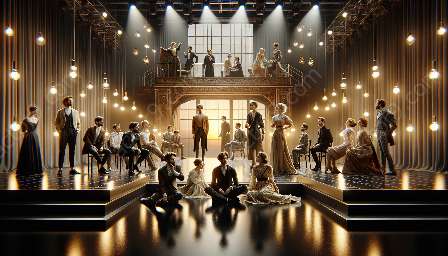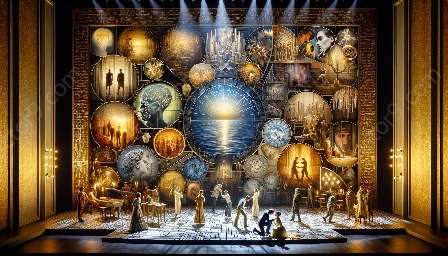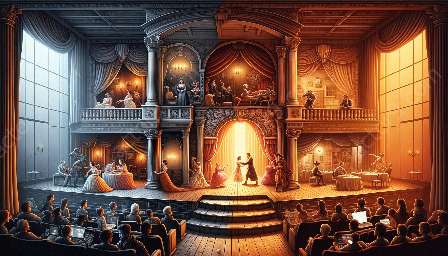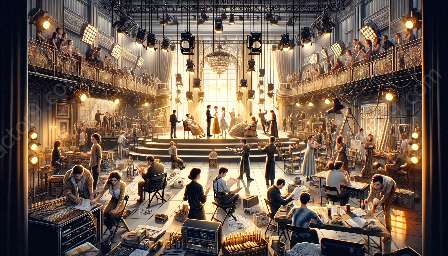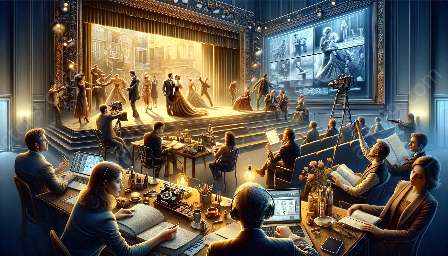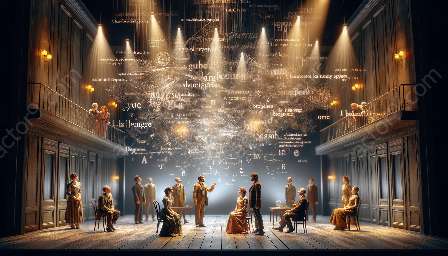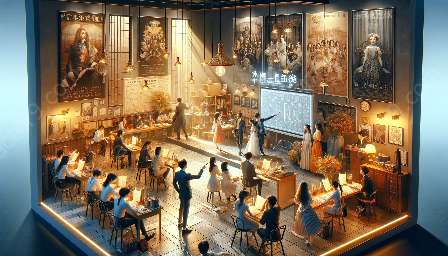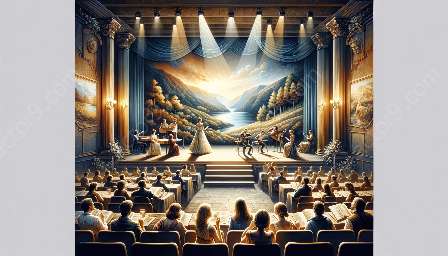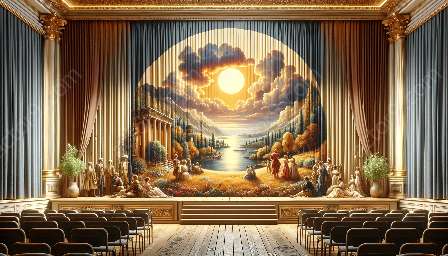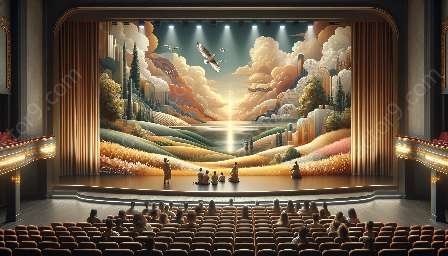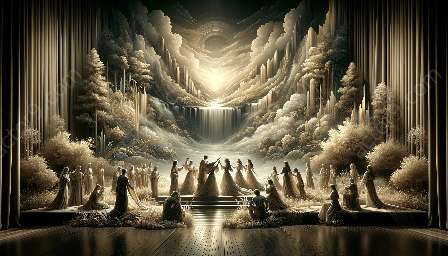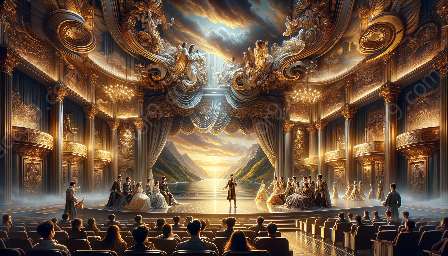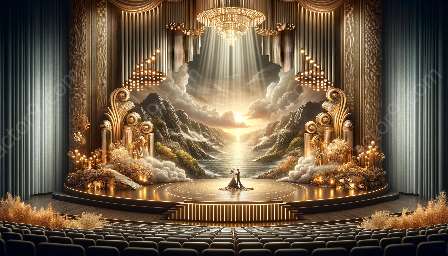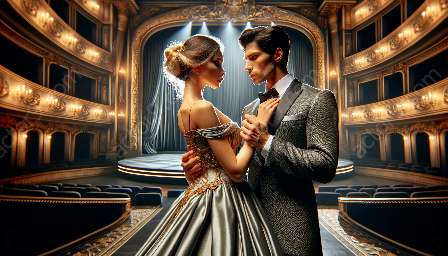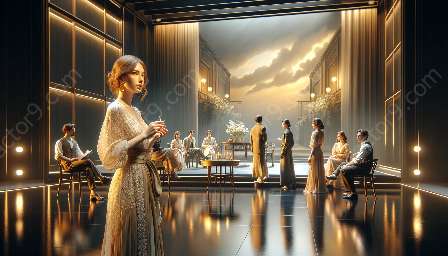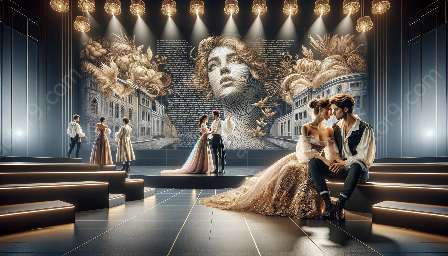Modern drama has served as a platform to challenge and redefine conventional notions of beauty and aesthetics, reflecting the dynamic evolution of society and culture. This topic cluster explores the progression of modern drama and its impact on beauty and aesthetics, shedding light on the revolutionary shifts in artistic expression and perceptions of beauty.
Evolution of Modern Drama
The evolution of modern drama can be traced back to the late 19th and early 20th centuries, a period marked by significant social, political, and technological changes. Dramatic movements such as realism, naturalism, symbolism, and expressionism emerged, each seeking to break away from traditional theatrical conventions and offer a fresh perspective on human experiences.
Realism, for instance, aimed to portray everyday life and human interactions with a heightened sense of authenticity, challenging idealized notions of beauty and aesthetics prevalent in classical drama. Symbolism, on the other hand, delved into the subconscious and the irrational, exploring the darker and more enigmatic aspects of the human psyche, thus redefining perceptions of beauty and aesthetics.
The evolution of modern drama was also influenced by the emergence of avant-garde movements such as Dadaism, Surrealism, and Futurism, which sought to disrupt traditional artistic norms and push the boundaries of beauty and aesthetics. These movements often employed non-linear narratives, abstract settings, and unconventional characters, inviting audiences to question established norms and embrace a more radical sense of beauty.
Challenging Conventional Notions of Beauty and Aesthetics
Modern drama challenged conventional notions of beauty and aesthetics by interrogating established standards and embracing diversity in representation. The portrayal of flawed, complex, and marginalized characters became a central theme, offering a more inclusive and authentic reflection of human beauty and aesthetics. This shift not only reflected societal changes but also prompted audiences to reconsider their perceptions of beauty in the context of diversity and individuality.
Dramatists and playwrights utilized avant-garde staging techniques, innovative use of language, and experimental narratives to disrupt traditional beauty ideals and provoke introspection. The emphasis on the grotesque, the absurd, and the surreal in modern drama sought to challenge the boundaries of beauty and aesthetics by presenting unconventional, thought-provoking perspectives.
Impacts and Legacy
The evolution of modern drama and its challenge to conventional notions of beauty and aesthetics have left a profound impact on contemporary artistic expression and societal perceptions. The influence of modern drama can be observed in diverse forms of media, from film and television to performance art and digital storytelling, where the redefinition of beauty continues to unfold and expand.
Furthermore, the legacy of modern drama resonates in ongoing conversations surrounding inclusivity, representation, and the celebration of diverse forms of beauty. By challenging traditional beauty standards and aesthetics, modern drama has contributed to fostering a more open and accepting cultural landscape that celebrates the richness of human diversity.

